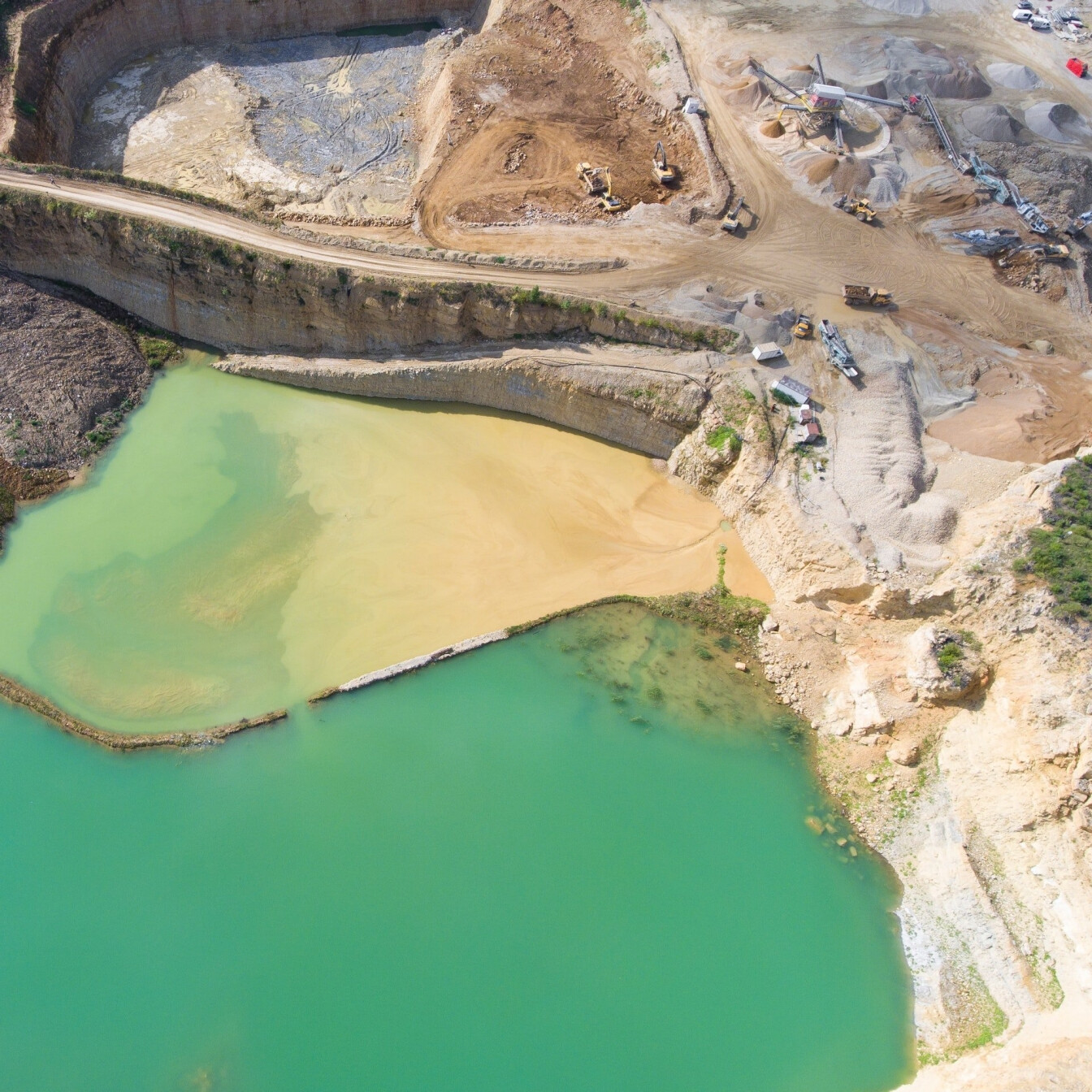dida and RWTH Aachen MRE launch joint BMBF research project "AuBeSa"

On 4 January 2021, dida started work on the research project "AuBeSa" within the framework of the BMBF (Federal Ministry of Education and Research) funding programme "KMU-innovativ" with a total project volume of EUR 800k. "AuBeSa" is the acronym for "Automatic detection, measurement and mineralogical classification of tailings heaps and ponds with satellite remote sensing".
Waste rock piles are wastes from mining operations that occur during the extraction of raw materials and ores and are usually accumulated near the open pit. Depending on the processing, valuable raw materials are stored, especially in older tailings piles of abandoned opencast mines, for which there was no use at the time. Today, these tailings are becoming the focus of mining companies due to high exploration costs of new economic (primary) deposits and improved processing methods.
If exploitable material is found in a tailings by exploration companies, so-called secondary deposits are established and new open pits are built to extract the raw materials.
The difficulty in the exploration of secondary deposits, however, is to be able to estimate the economic viability without an on-site study. As high costs are associated with an on-site study, the automatic analysis of remote sensing data can contribute to the assessment of economic viability.
In "AuBeSa", an AI algorithm is trained to automatically locate tailings based on a database of known tailings locations. In order to estimate the economic usability, the volume of the tailings is calculated and the mineralogical composition is determined on the basis of satellite data. In addition to dida's AI expertise, geological expertise is therefore necessary for the implementation of the project. We are happy to have the Institute of Mineral Resources Engineering (MRE) at RWTH Aachen University as a strong partner and look forward to continuing the successful cooperation from the ASMSpotter project.
